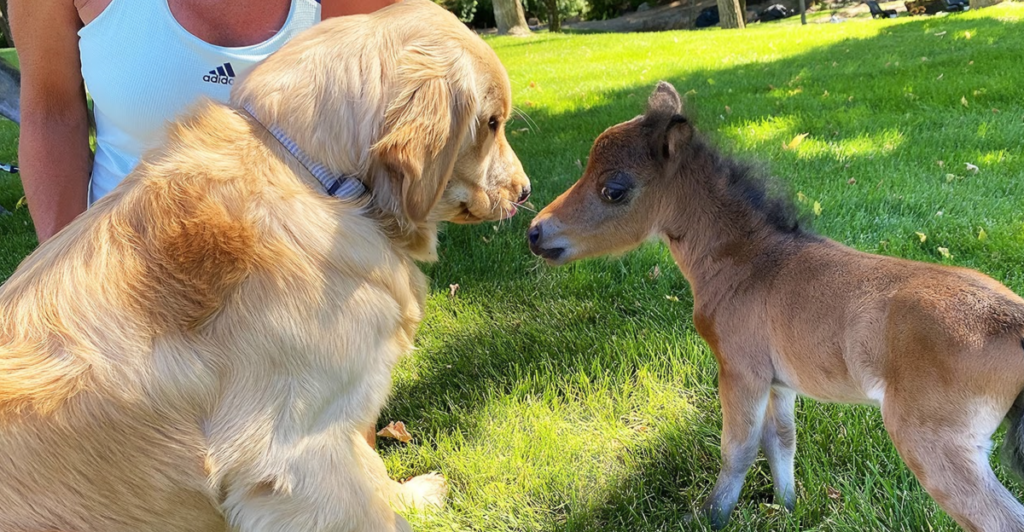
Miniature horses may be small, but they’re full of surprises. These adorable animals are often mistaken for ponies, but they are actually a unique breed with traits that set them apart. They were originally bred for royalty and were later used in mines. However, over the years, these fascinating animals have transformed into beloved pets, therapy animals, and show champions.
Their long lifespans, charming personalities, and wide variety of coat colors make them popular with people of all ages. Whether they’re pulling a cart or bringing comfort in hospitals, miniature horses are much more than just cute; they’re smart, strong, and endlessly lovable. These are nine fascinating facts you didn’t know about miniature horses.
1. Miniature Horses Are Not Ponies
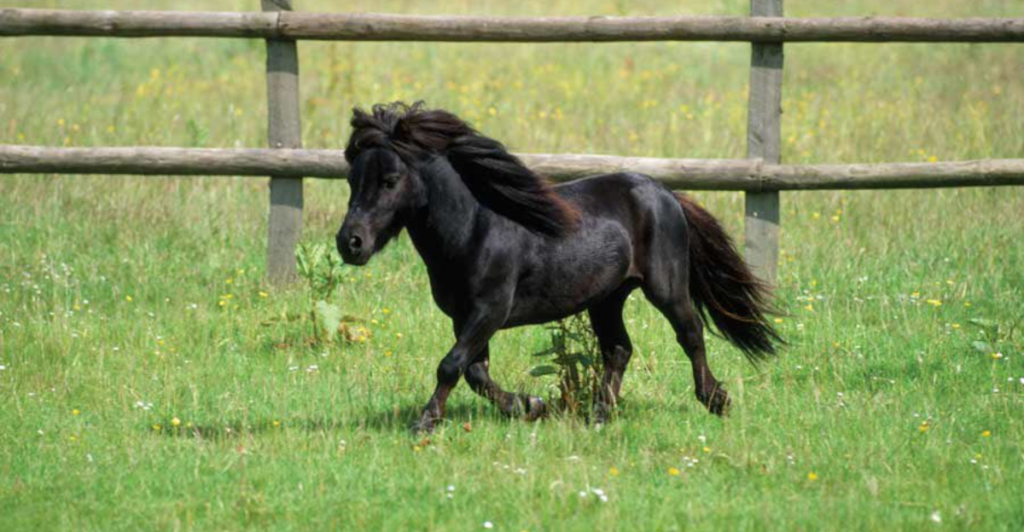
Although they might look similar at first glance, miniature horses are not ponies. Ponies have thick bodies, short legs, heavy necks, and dense manes, while miniature horses retain the proportions of full-sized horses but in a smaller frame. Most minis are between 34 and 38 inches tall and weigh between 150 to 250 pounds. They have deliberately been developed to resemble tiny horses, not shrunken ponies.
Their necks are longer, and their legs are straighter, giving them a more refined appearance than ponies. The American Miniature Horse Association enforces strict height limits and breed standards to ensure these characteristics are preserved. Not only does this distinction separate them from ponies, but it also improves their desirability in shows, therapy programs, and as companions.
2. They Have Remarkable Longevity
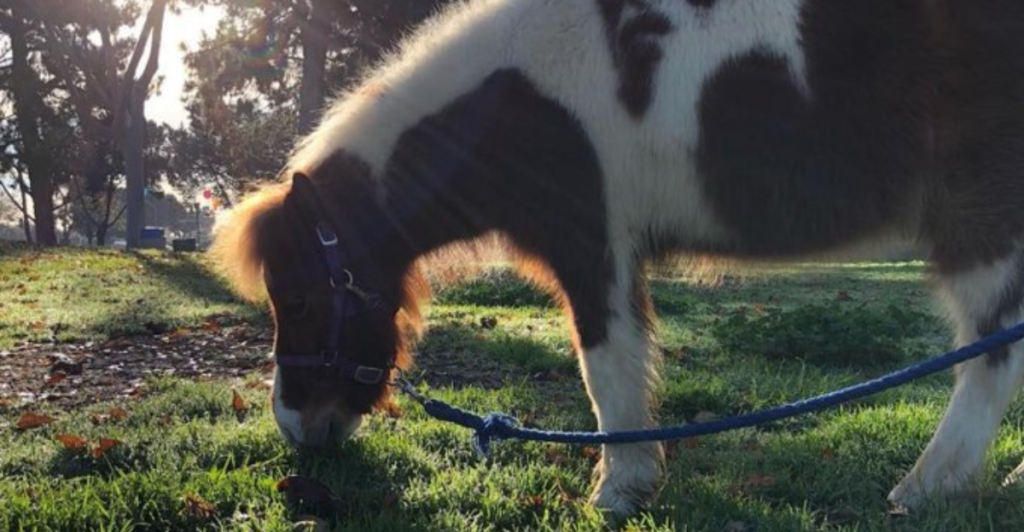
Did you know that miniature horses live significantly longer than many other horse breeds? An average full-sized horse will typically live 25 to 30 years, while miniature horses can reach their mid-30s and sometimes even live up to 50 years with proper care. Their small size puts less stress on their joints and organs, which contributes to their extended lifespan.
They’re also less prone to certain medical conditions that are often seen in larger breeds, such as laryngeal hemiplegia or navicular disease. Because of this longevity and their gentle temperament, miniature horses are excellent long-term companions, especially for families and seniors. With routine veterinary checkups, proper nutrition, and exercise, these little horses can remain healthy and healthy well into their senior years.
3. Therapy and Service Animals
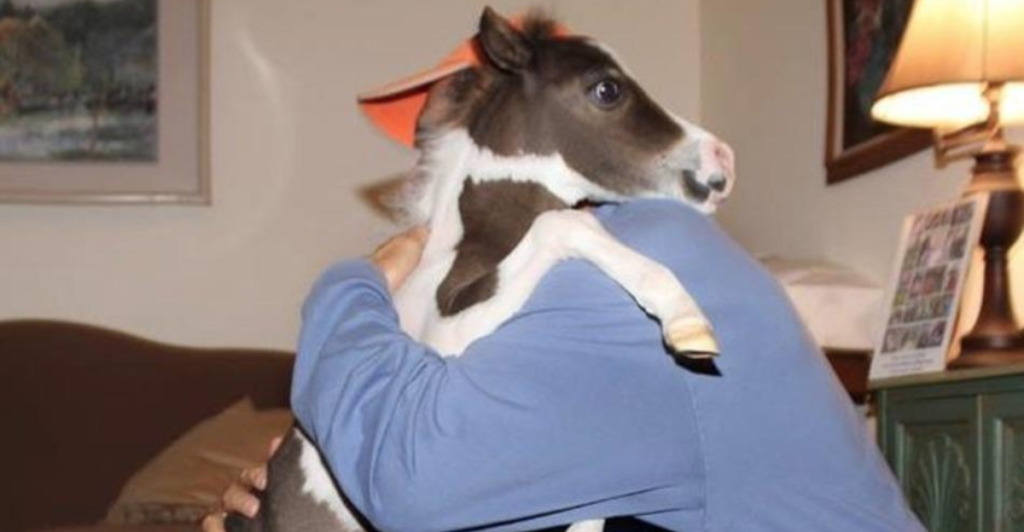
Miniature horses are becoming increasingly popular as therapy and service animals. Their calm temperament, intelligence, and manageable size make them excellent companions for people with disabilities, children with emotional needs, and seniors in assisted living facilities. They are particularly helpful for people who are allergic to dogs or prefer an alternative pet that lives longer.
Some are even trained to serve as guide animals for individuals who are visually impaired. Miniature horses can be house-trained and taught to navigate various environments, including airports, hospitals, and classrooms. Their adorable presence often brings comfort, increases morale, and encourages social interaction, making them valuable not just as pets but as partners in healing and daily support.
4. A History Rooted in Royalty
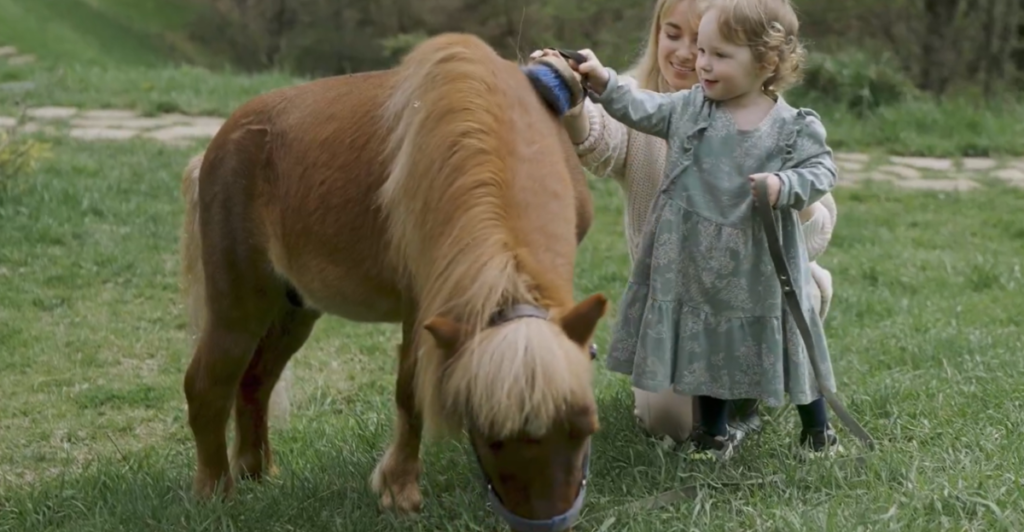
Another fascinating fact is that miniature horses have a regal history that stretches back to 17th-century Europe. They were originally bred for royalty and served as unique and luxurious pets for the wealthy elite. Their small size and delicate looks made them popular in aristocratic homes. Later, in the 1800s, they were used in coal mines to pull carts through narrow tunnels.
Their size and strength made them ideal for this work. By the late 1800s, miniature horses were introduced to the United States, where their popularity grew slowly. It wasn’t until the mid-20th century that they gained attention as show animals and therapy animals.
5. They’re Surprisingly Strong
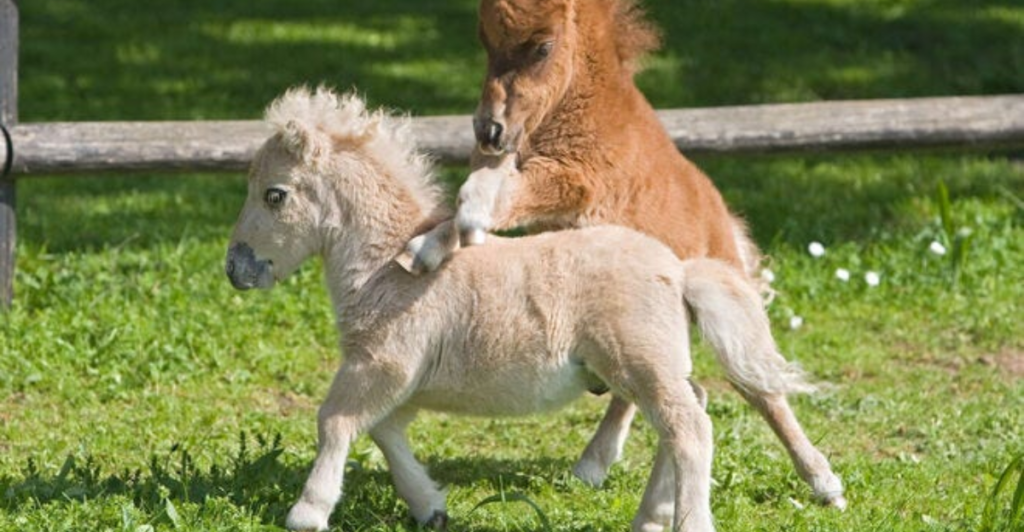
Despite their small size, miniature horses are surprisingly strong. They can pull carts, carry small loads, and compete in driving events that showcase their power and agility. Historically, as mentioned earlier, their strength was used in coal mining operations, where they hauled carts through tight underground spaces. Today, that same muscle and endurance are displayed in equine sports and community events.
Some minis are trained for pulling competitions or obstacle navigation, where their small size and sharp reflexes give them a competitive edge. People are often surprised by how much weight these little horses can handle. Their strength, paired with their trainable nature, makes them excellent for light farm work, exercise carts, and educational demonstrations that show their capabilities.
6. Intelligent and Mischievous
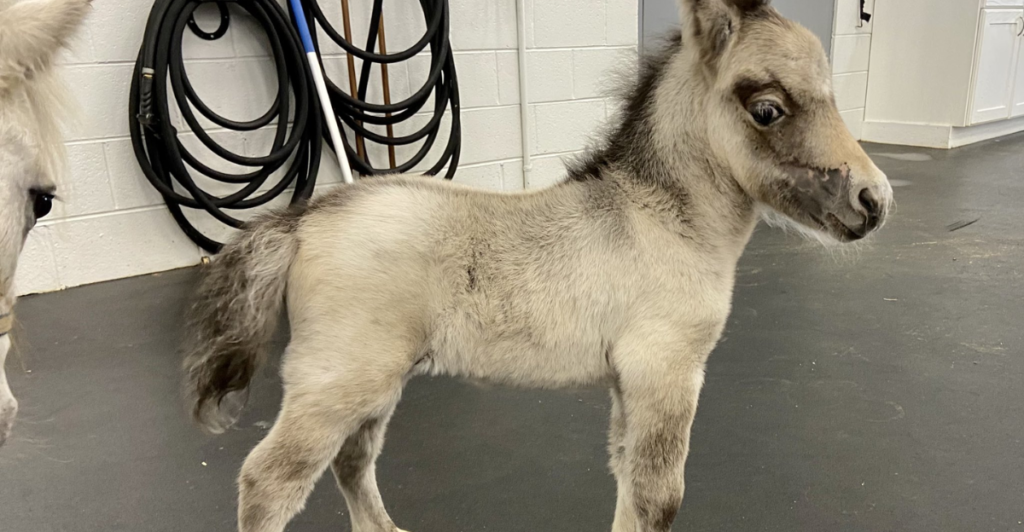
These tiny horses are among the most intelligent members of the equine family. They are able to quickly pick up on voice commands, hand signals, and even complex obstacle courses. However, this intelligence comes with a mischievous streak. Many owners have stories of their minis figuring out how to open gates, undo latches, or sneak treats out of people’s pockets.
They are playful and curious, which means that they require mental and physical stimulation to stay happy and healthy. This is why they are great candidates for agility training, therapy programs, and even performances. Their intelligence also strengthens their bond with their owners, as they enjoy solving puzzles and interacting with people.
7. Unique Gestation Periods
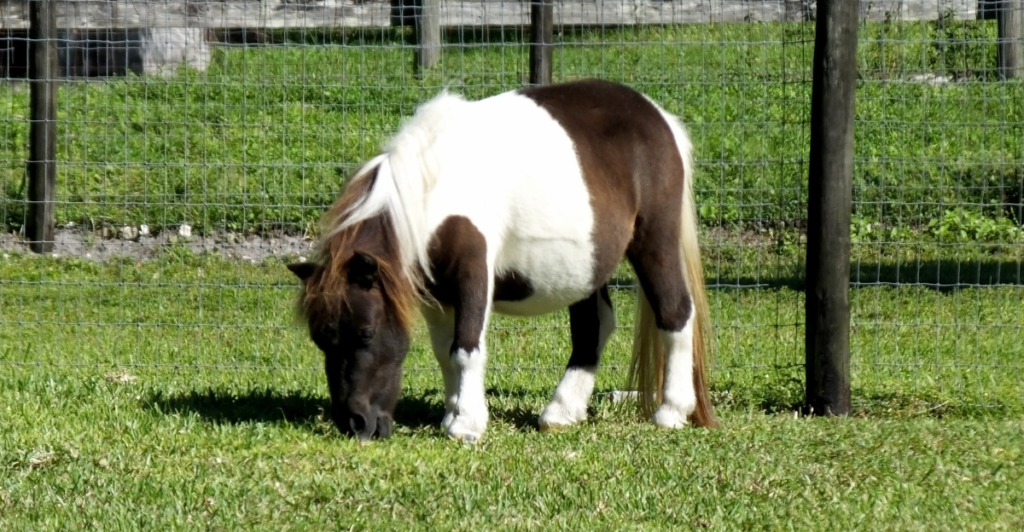
Miniature horses have longer pregnancies than full-sized horses and will often carry foals for up to 13 months. This extended gestation allows the foal to develop more fully in the womb, resulting in a healthier and more powerful baby at birth, even if it weighs just around 20 pounds. The longer pregnancy can make it difficult for owners to predict a due date, which can sometimes be stressful.
However, most mini horse breeders agree that the wait is worth it. The foals are typically born strong, alert, and ready to bond. This slow and steady developmental process is part of what makes miniature horse breeding so rewarding. Careful monitoring throughout pregnancy is very important for the mare and her baby’s health.
8. Diverse Colors and Patterns
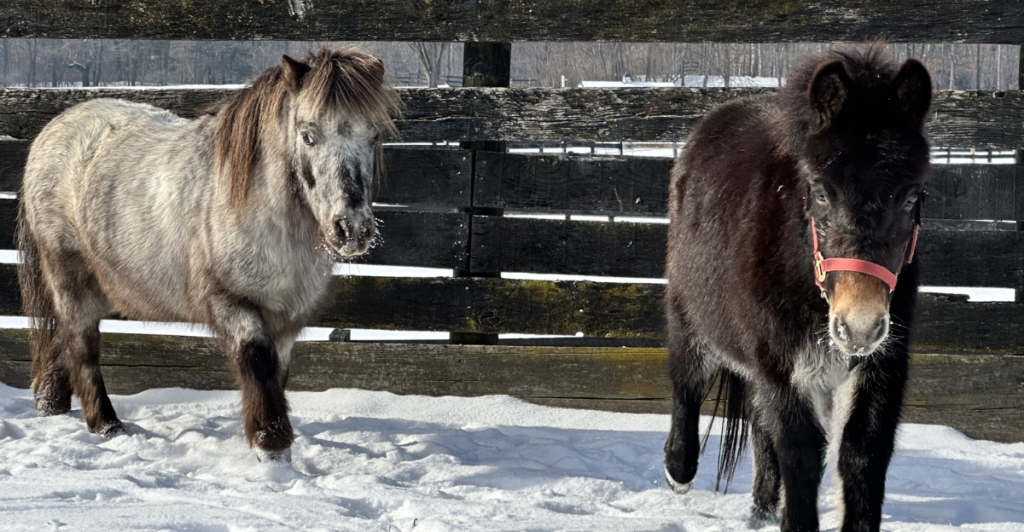
Miniature horses come in a wide variety of coat colors and patterns, making each little horse unique. From classic chestnut and black to eye-catching palomino, pinto, and appaloosa, minis offer endless aesthetic diversity. This variety is part of their appeal in shows and pet ownership. Unlike some breeds that stick to a limited palette, miniature horses embrace the full spectrum.
Their coats can also change slightly with seasons or age, which only adds to their charm. Breed registries accept all color combinations, so breeders often select for personality and appearance. Whether you prefer a sleek, solid coat or a patchy, spotted one, there’s a mini horse that matches your style.
9. Perfect Companions for All Ages
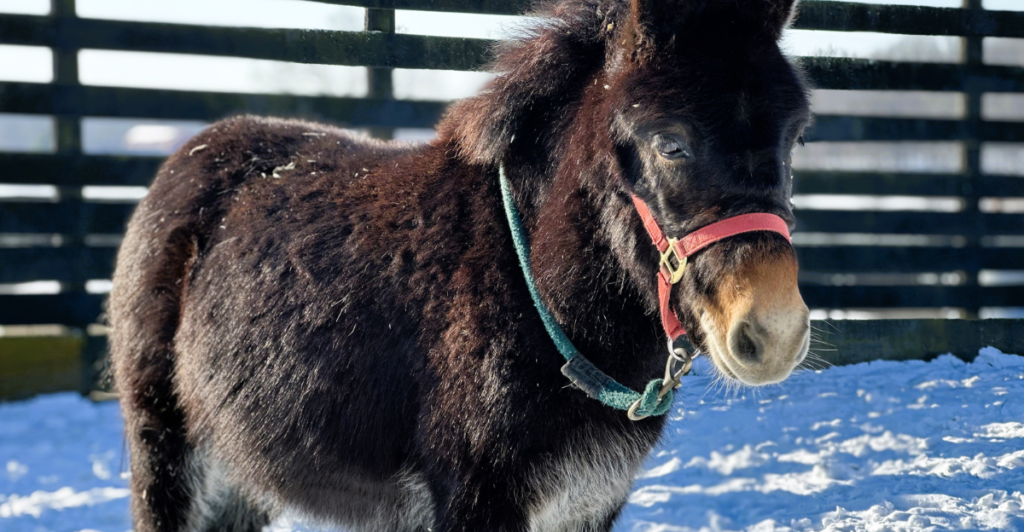
Miniature horses are friendly, social animals that make wonderful pets for people of all ages. Their small size makes them easier to handle than full-sized horses, which is especially helpful for children or seniors. They love attention and thrive on regular interaction, whether it’s grooming, walking, or simply hanging out in the yard.
Many families choose minis as their first introduction to horse ownership because they offer the full horse experience without the intimidation factor. Their gentle nature also makes them excellent for therapy visits in schools or care homes. With the right training and care, miniature horses become intensely loyal companions that enrich the lives of their owners with affection, playfulness, and endless personality.
Explore more of our trending stories and hit Follow to keep them coming to your feed!

Don’t miss out on more stories like this! Hit the Follow button at the top of this article to stay updated with the latest news. Share your thoughts in the comments—we’d love to hear from you!







